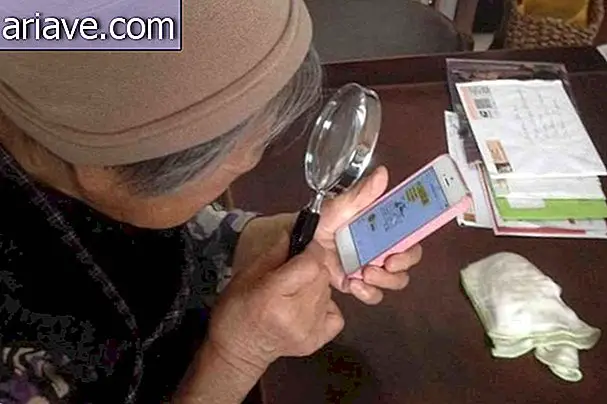Researchers Develop Endoscope That Can Revolutionize Microsurgery

Anyone who needs an endoscopy is usually not having a good time. In addition, it is already uncomfortable enough for a doctor to stick a device down his throat to check how his body is moving inside, and often this endoscope is large and has lost much of its ability to transmit images.
This is because these devices are mostly constructed of thin, long glass fibers that can transmit light from one end to the other and thus reproduce internal images of a patient's body. However, these fibers break down over time, and as each represents a pixel on the doctor's monitor, the images get poorer all the time.
Now, to try to make the problem less uncomfortable, researchers at Stanford University have managed to create an endoscope that uses four times less fiberglass and can still reproduce images of equal quality. That is, each fiber of this new device does the work of four of those present in the old standard. This is made possible by the new transmission format in these fibers, which can now make light or data travel in several directions at once.
Thinner and better image
As a result, endoscopes can become four times thinner and less uncomfortable for patients who literally needed to swallow that nightmare. Moreover, anyone who once had to do a similar procedure through the urethra should know that this advance really means something.
Other interesting information about this Stanford endoscope is the ability to capture images. The human eye can recognize elements up to 125 micrometres, and the device goes much further and sees things up to 2.5 micrometres. That is, the "vision power" of doctors using devices like this will be significantly improved, which may represent a small revolution in microsurgery.
Via TecMundo











